The Good Neighbor Project is a community safety program created by Madison Police Officer Emily Samson in 2017. It replaced the city-wide neighborhood watch program and focuses on community-building and neighbor/police partnerships. The program has since been adopted by police departments in other communities in our area and in other states including a very successful program by our friends in Davenport, Iowa.
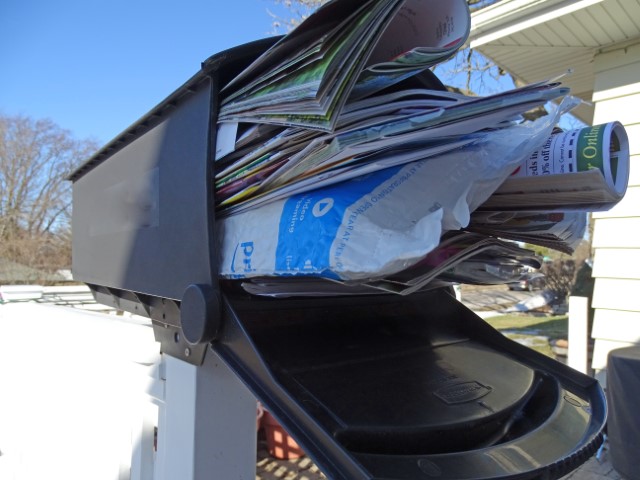
Who might be the first person in your neighborhood to notice a smashed in car window or smoke from a fire or a mailbox piling up because someone has fallen down inside a home and needs medical attention? There’s a good chance it will be one of your neighbors.
When we take the time to get to know our neighbors, we feel a stronger sense of community. It’s comforting to know we have neighbors who are looking out for us and will help us. The police officers who live and work in our neighborhoods also care about our safety and well-being. When we get to know our neighborhood officers and work together with them to solve problems, we create an even larger social support network where everyone feels surrounded by people who care.
The MPD’s Good Neighbor Project Mission Statement
Neighbors are more than just the people who live next door to you. Kind, helpful neighbors live, work and serve in your neighborhood. When we get out from behind our computer, smartphone and television screens and make an effort to personally get to know our neighbors, we create a social support network that’s there when we need it. It also helps us notice neighbors who may be in need or may be vulnerable, and it helps us avoid assumptions and judgements about people because we know them. And when we get to know more of our neighbors we feel safer—neighbors are looking out for each other—and there’s a stronger sense of community
In a 2018 national survey, 50% of people admitted they don’t make time to get to know their neighbors,
and only 25% said “I feel very connected to my neighbors.”
Do you feel connected to YOUR neighbors?
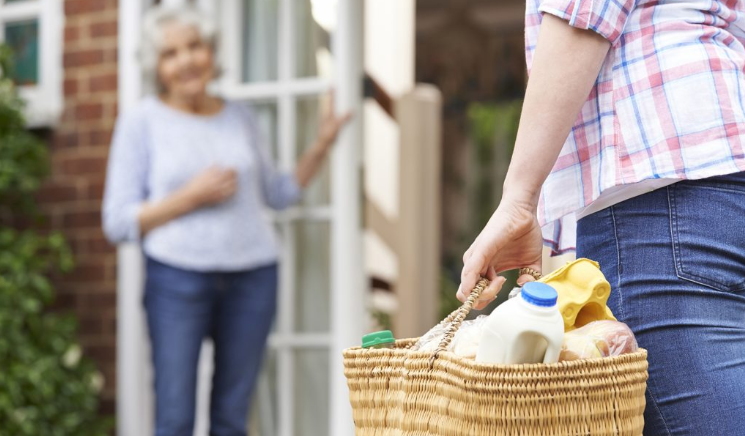
How can you start a Good Neighbor Project?
The Madison Police Department requires no official sign-up to start or participate in a Good Neighbor Project (GNP). You make it your own!
And it can be any size you want (two people, a small group or an entire neighborhood). The focus is on the 3 C’s:
Connect, Communicate and Come Together.
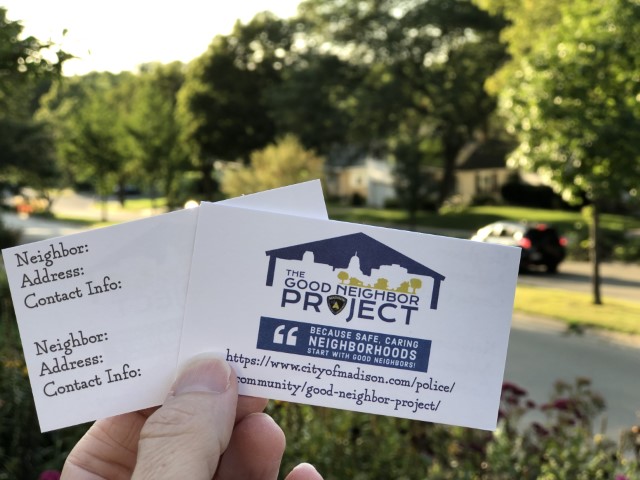
Connect with your neighbors:
Get to know your neighbors so you can quickly be in contact with each other if there’s an incident or emergency or a neighbor needs assistance. To help prevent crimes of opportunity in your neighborhood, you can also ask a neighbor to partner with you to be a “garage buddy”—you can let each other know when you’ve left your garage door open and unattended.
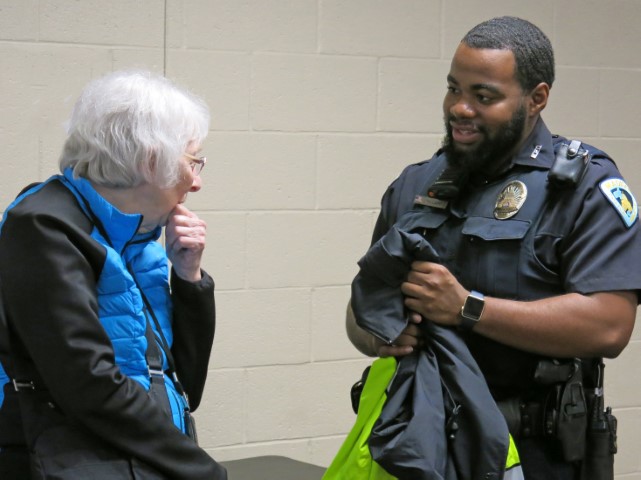
Connect with your police officers:
MPD assigns officers to assist each neighborhood in Madison. Your neighborhood either has a liaison patrol officer or a neighborhood officer assigned to it. You can reach out to your district to find out who your liaison/neighborhood officer is. That person is your contact if you have any questions about an incident in your neighborhood or if there’s an ongoing problem you would like to talk to an officer about (of course if it’s an emergency please dial 911).
You can also get to know officers by inviting them to a neighborhood meeting or by taking a police ride-along or attending a Coffee with a Cop gathering.
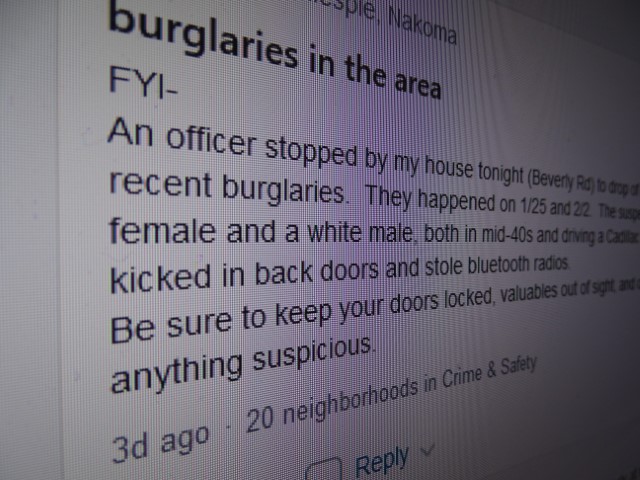
Communicate with your neighbors:
Have a way to communicate among neighbors so you can easily share announcements, safety information, or let others know when a neighbor needs help or care. Some Good Neighbor Projects use a Facebook or Nextdoor group, some use an email listserv and others publish information in their neighborhood newsletters.
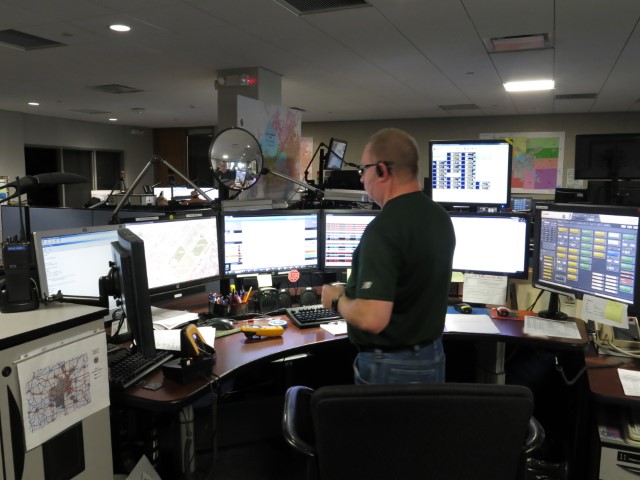
Communicate with police:
Don’t be afraid to call 911 to report incidents. Police and dispatchers rely on you to share information that could help save a life or prevent a crime. You’re not bothering the police. The next time you see an officer, ask them yourself. They’ll tell you they’d rather respond to an incident and find out it’s nothing than not be called and later learn someone was in danger, injured or victimized but nobody reported it.
Some people suffer from analysis paralysis and don’t call because they don’t know if the situation rises to the level of dialing 911 or if they should instead use the non-emergency number (608-255-2345). But both numbers go to the exact same place—the Dane County 911 dispatch center. The only difference is that the non-emergency number has a menu system (that number is also used by Animal Control), so it takes longer to reach a dispatcher. The rule of thumb is, if you see something NOW, call 911. If it happened earlier in the day or 3 days ago or last week, then use the non-emergency number.
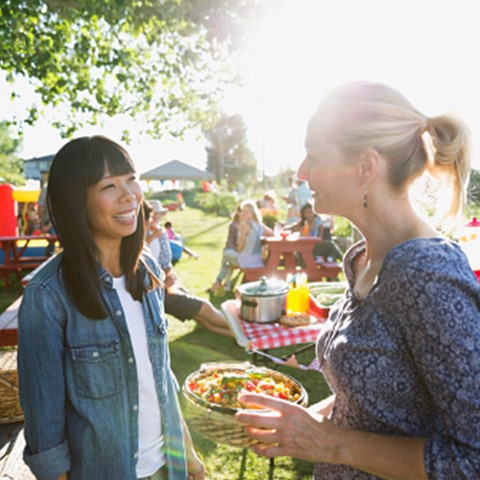
Come together with neighbors:
If your neighborhood offers events, participate! Many neighborhood associations plan fun opportunities where residents can get to know each other and spend time together. You can also check out Nextdoor or community bulletin boards to find a group or activity that interests you.
Whether it’s a book or knitting club, a mom’s group, or just a few neighbors who meet once in awhile for coffee or to try out new restaurants —when you participate in these gatherings and events you strengthen relationships in your neighborhood. And as people start to care about each other and watch out for each other your neighborhood becomes a safer, friendlier place.
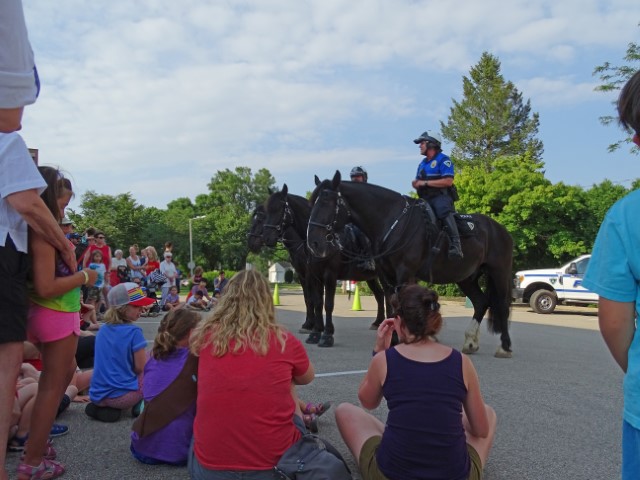
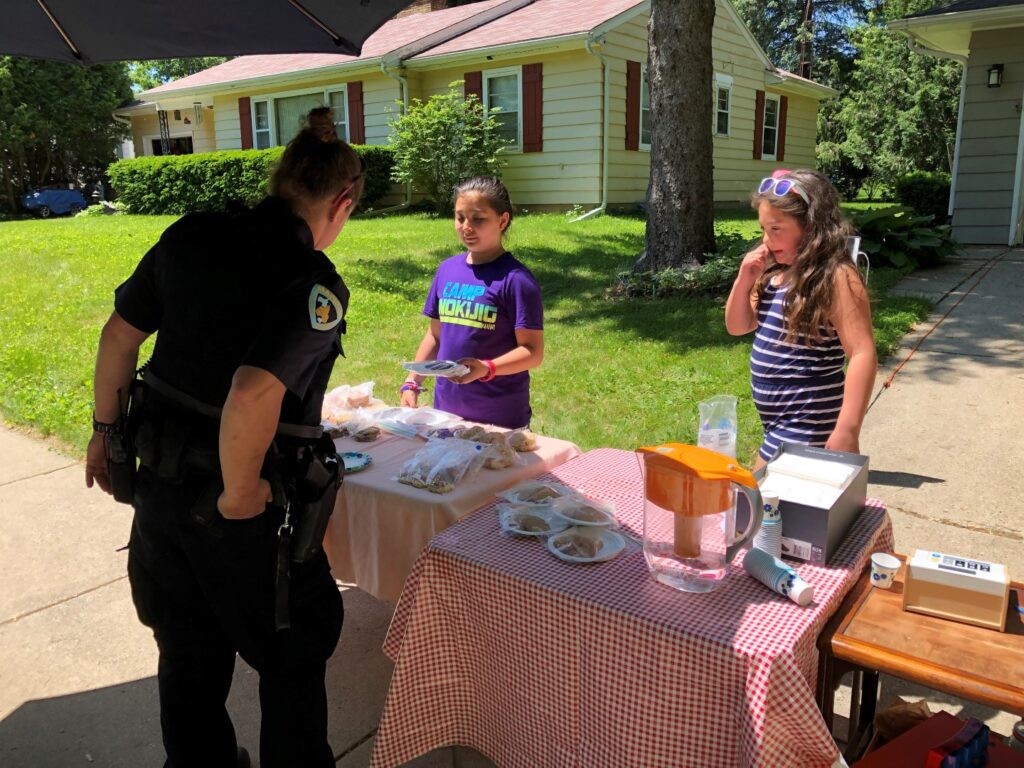
Come together with police:
Consider building relationships with the police officers who serve you by inviting them to speak or give a presentation at a meeting. Or invite them to neighborhood events where they can casually get to meet you and your neighbors. Then if you ever need to call the police, you may already know some of the officers who respond to help you.
“A good neighbor project is whatever works best for you and your neighbors.”
You can find out more on the MPD’s Good Neighbor Project webpage.
